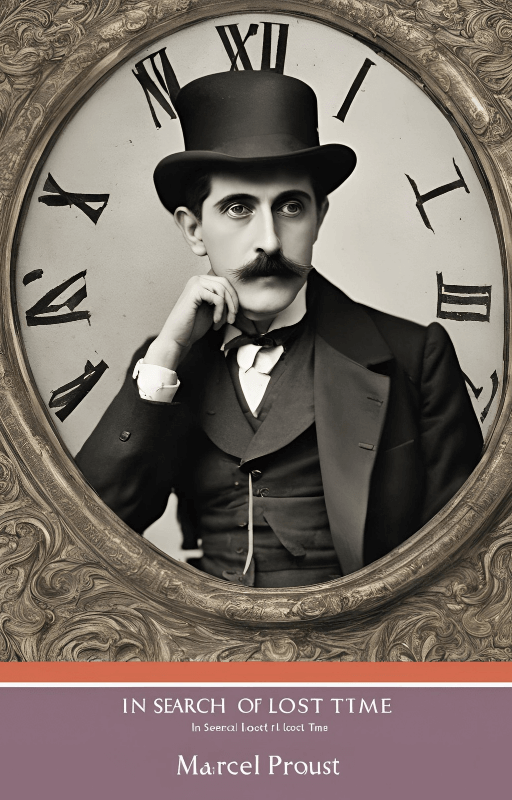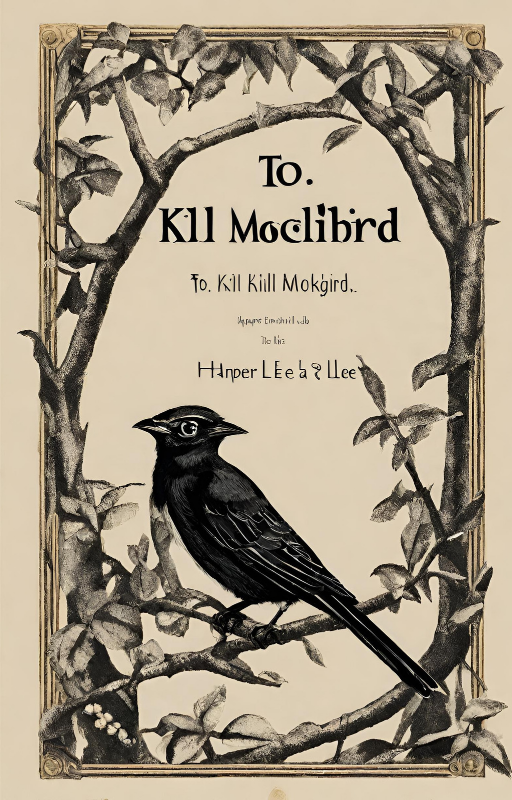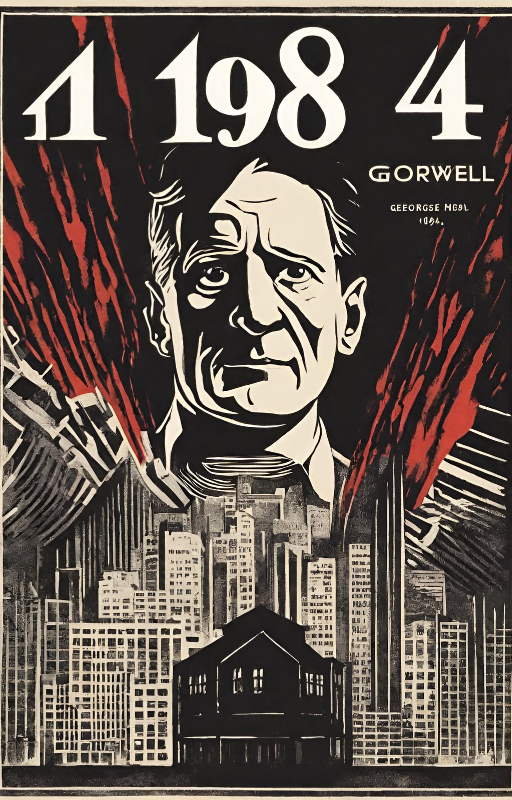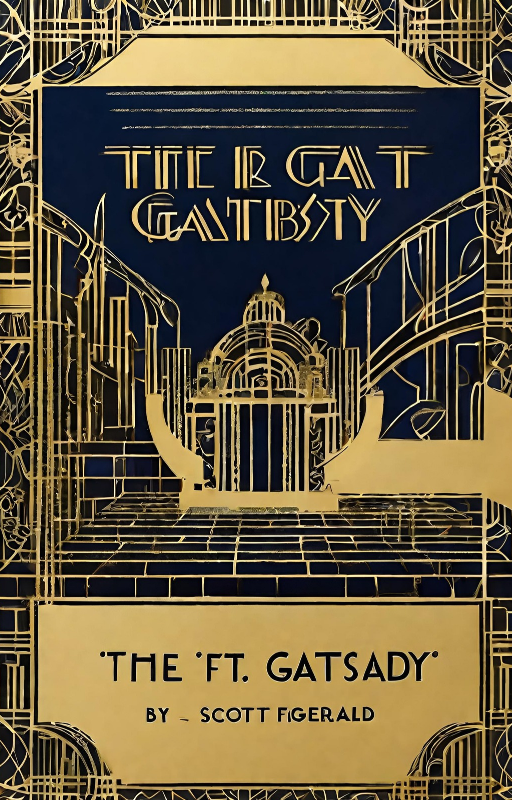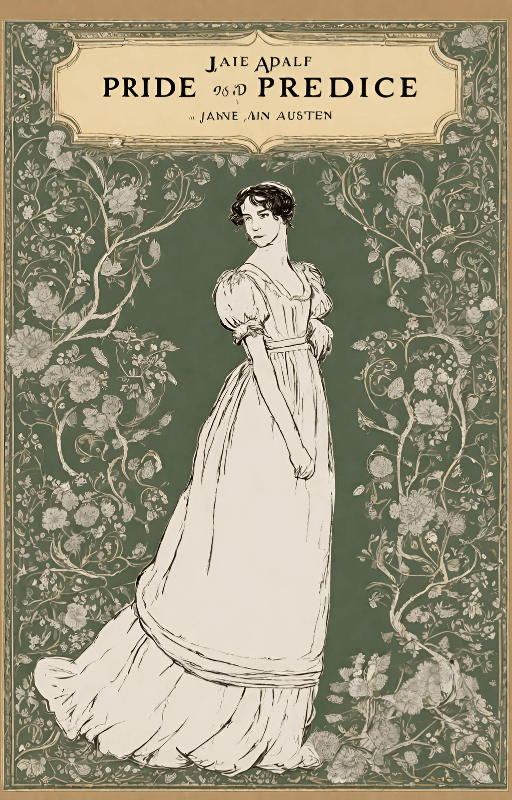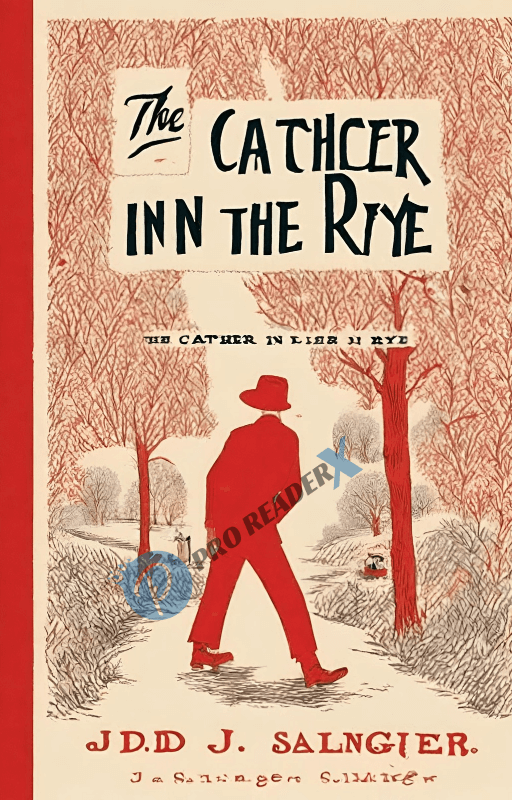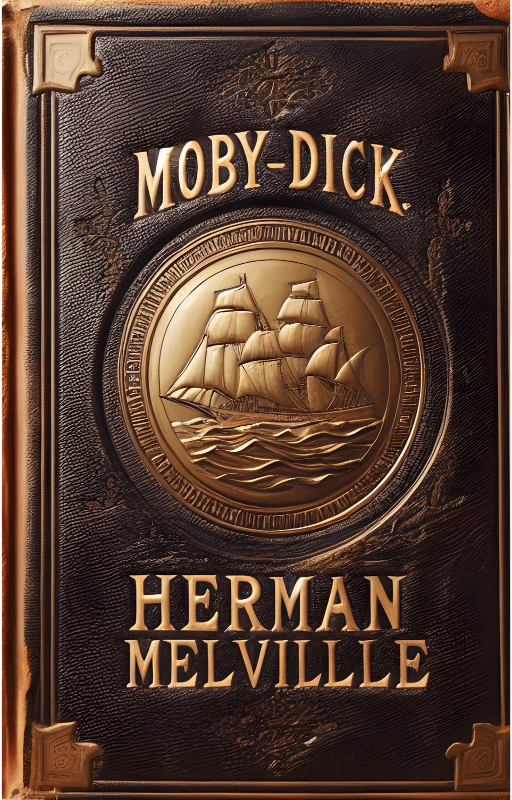Introduction
The seven-volume masterpiece “In Search of the Lost Time” by Marcel Proust explores the complexities of memory, time, and the essence of the human experience. But what is it all about? Let’s take a look at this literary titan as a whole. Fast-forward through to the end.
About Marcel Proust
Early Life
In 1871, Marcel Proust was born in Paris, France. Growing up in an affluent family, he was early exposed to the best parts of French culture. Proust was a reasonable observer of society despite his failing health, and this observation eventually played a crucial role in his writing.
Literary Career
Proust’s literary journey was far from a straight line. Initially, he struggled to find his voice, a challenge that persisted until he embarked on his magnum opus, ‘In Search of Lost Time.’ Battling asthma, he dedicated fourteen years to this monumental work, often writing from his bed.
Overview of In Search of Lost Time
Structure and Composition
“In Search of Lost Time” is an experience as much as a book. It is one of the longest novels, spanning seven volumes and over 4,000 pages. Proust uses a stream-of-consciousness writing technique to give readers a close-up view of the narrator’s thoughts and recollections.
Themes Explored
Memory and Time
One of the novel’s main themes is the examination of memory and time. Proust explores the ways in which memories affect us and how they create our reality. This theme is aptly illustrated by the well-known “Madeleine episode.”
Social Critique
Proust’s critique of the French bourgeoisie and nobility is not limited to their moral decay and superficiality. He also delves into the complex web of relationships within the upper class, using them as a lens to expose their flaws and shortcomings.
Volume Summaries
Volume 1: Swann’s Way
Plot Summary
In this initial volume, the narrator introduces himself and reminisces about his formative years in Combray, notably his close bond with Charles Swann. The narrative then shifts to Swann’s fiery romance with Odette de Crécy, highlighting the anguish and jealousy that often accompany love.
Key Characters
The narrator: frequently regarded as Proust’s alter ego, muses over his experiences and the individuals he meets.
Charles Swann: An affluent socialite whose passion for Odette influences a significant portion of the story in the book.
Volume 2: In the Shadow of Young Girls in Flower
Plot Summary
This volume focuses on the narrator’s adolescence and his infatuation with a group of girls he meets in Balbec. It explores his developing understanding of love and attraction.
Key Characters
Albertine Simonet: One of the young girls the narrator becomes enamored with, who plays a significant role in later volumes.
Volume 3: The Guermantes Way
Plot Summary
Here, the narrator becomes immersed in the aristocratic society of the Guermantes family. The volume explores themes of societal change and the passing of time.
Key Characters
Duchess de Guermantes: A central figure in the aristocratic circle, representing the fading grandeur of the old nobility.
Volume 4: Sodom and Gomorrah
Plot Summary
Proust delves into the hidden lives and sexualities of his characters, particularly focusing on homosexuality, a taboo subject at the time. This volume also sees the narrator continuing his social ascent.
Key Characters
Baron de Charlus: A complex character whose secretive nature and relationships highlight the novel’s exploration of hidden desires.
Volume 5: The Prisoner
Plot Summary
The narrator’s obsessive love for Albertine reaches new heights. He keeps her almost as a captive in his home, showcasing themes of jealousy and control.
Key Characters
Albertine Simonet: Her relationship with the narrator becomes increasingly complicated and suffocating.
Volume 6: The Fugitive
Plot Summary
Following Albertine’s escape, the narrator grapples with loss and longing. This volume is a deep dive into the agony of unfulfilled desires and the pain of separation.
Key Characters
The Narrator: His internal struggle and grief dominate this volume.
Volume 7: Time Regained
Plot Summary
In the final volume, the narrator reflects on his past and the passage of time. He finds solace in his writing, realizing that his memories and experiences are the essence of his identity.
Key Characters
The Narrator: Comes full circle, understanding the power of memory and art in capturing the essence of life.
The Influence of In Search of Lost Time
Literary Impact
Modern literature has dramatically benefited from Proust’s contributions. Numerous writers, such as James Joyce and Virginia Woolf, have been affected by his inventive use of stream-of-consciousness and profound psychological insight.
Cultural References
Proust’s impact can be seen in television series and movies in addition to books. His work’s ongoing importance is demonstrated by its countless references in popular culture.
Deeper Dive into Themes
Love and Jealousy
In Proust’s magnum opus, ‘in Search of Lost Time ‘, love takes center stage, appearing in various forms and contexts. Proust’s deft exploration of the complexities of love, from its blissful highs to its agonizing lows, invites readers to deeply empathize with the characters. One poignant example of the destructive power of obsessive love is the narrator’s relationship with Albertine.
Art and Aesthetics
The novel emphasizes art as a vehicle for both individual expression and societal reflection. Proust frequently discusses the ability of art to seize and hold onto life’s ephemeral moments, emphasizing its significance in comprehending the human condition.
Identity and Self-Discovery
The narrator’s experiences revolve around her quest for self-discovery. Through his interactions and reflections, the narrator gains insight into the nuances of his own identity. In the later volumes, this subject becomes very clear as he considers his past and the person he has become.
Social Dynamics and Class
Proust offers a perceptive analysis of the social dynamics between the French bourgeoisie and nobility. Through his nuanced depictions of characters and their complex interactions, he criticizes the moral ambiguity and superficiality that permeate these societal systems.
Narrative Techniques
Stream-of-Consciousness
Proust’s use of stream-of-consciousness allows readers to delve deeply into the narrator’s mind, experiencing his thoughts and memories as they naturally occur. This technique creates a rich, immersive reading experience that captures the complexity of human consciousness.
Detailed Descriptions
Proust’s meticulous attention to detail brings his world to life. His descriptions are not just visual but also emotional, allowing readers to fully engage with the scenes and characters. This level of detail is one of the hallmarks of his writing style.
Symbolism
Symbols play a significant role in the narrative, with objects and events often representing deeper themes. The madeleine, for instance, symbolizes the power of involuntary memory, a central concept in the novel.
Personal Reflections
Reading In Search of Lost Time is not just about following a story; it’s about experiencing a journey. Proust’s exploration of time, memory, and identity resonates deeply, encouraging readers to reflect on their own lives. His writing prompts a contemplative state, making each reader’s experience unique.
Conclusion
“In Search of Lost Time” is more than just a book; it’s a journey through the labyrinth of human memory and emotion. Proust’s meticulous attention to detail and profound insights into human nature make it a timeless piece of literature. Whether you’re a seasoned reader or new to Proust, this novel offers something truly special. So, grab a cup of tea, settle into a cozy spot, and embark on this unforgettable literary adventure.
FAQs
- Why is In Search of Lost Time considered a literary masterpiece?
It’s considered a masterpiece because of its innovative narrative style, deep exploration of themes like memory and time, and its rich, detailed characterizations. - Is it necessary to read all seven volumes of In Search of Lost Time?
While reading all seven volumes provides a complete experience, each volume can be appreciated on its own for its unique insights and storytelling. - What is the best way to approach reading In Search of Lost Time?
Take your time with it. This is not a book to be rushed. Reflect on the themes and enjoy the beautiful, intricate prose. - How autobiographical is In Search of Lost Time?
While it’s not a direct autobiography, many aspects of the narrator’s life and experiences parallel those of Proust himself.
